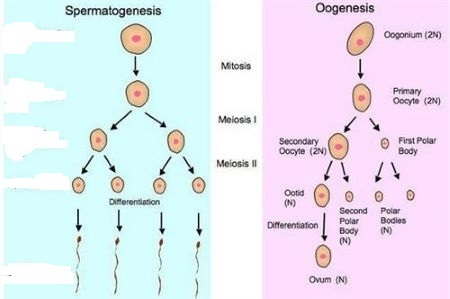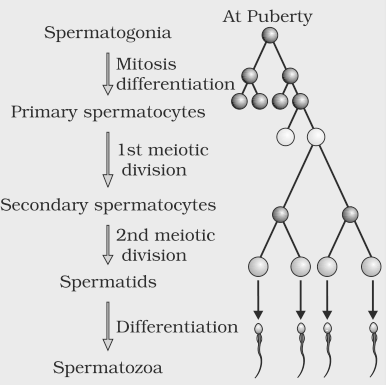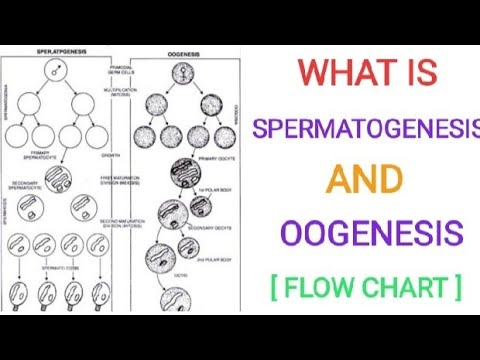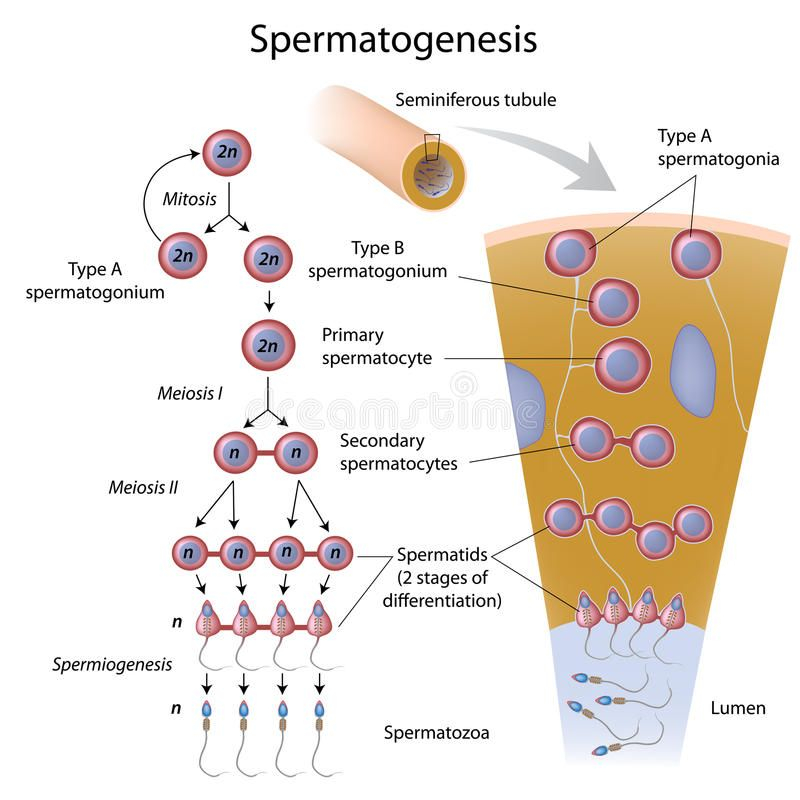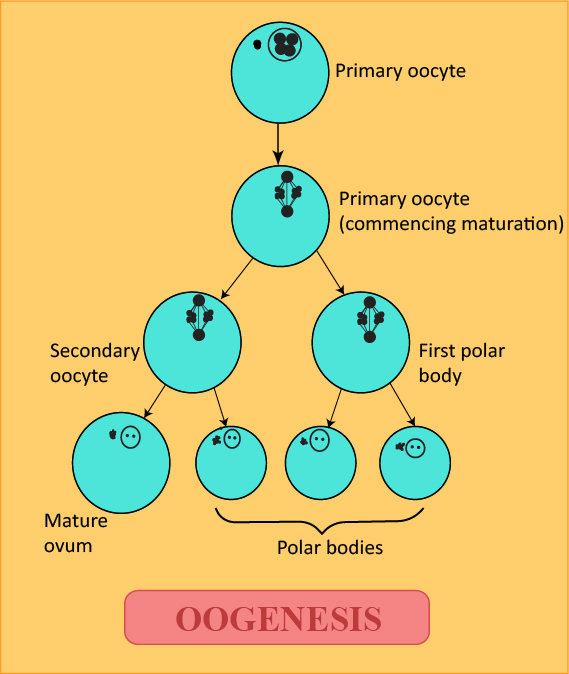Spermatogenesis is the process by which male germ cells, also known as spermatogonia, develop into mature sperm cells. This intricate process involves several stages, starting from spermatogonium proliferation to sperm cell maturation. The flow chart of spermatogenesis begins with mitosis of spermatogonia, followed by meiosis, spermiogenesis, and finally, the release of mature sperm cells into the epididymis.
During mitosis, spermatogonia replicate and differentiate into primary spermatocytes, which then undergo meiosis to produce haploid secondary spermatocytes. These secondary spermatocytes further divide to form spermatids, which undergo spermiogenesis to differentiate into mature sperm cells. The entire process of spermatogenesis takes place within the seminiferous tubules of the testes, under the influence of hormones like testosterone and follicle-stimulating hormone.
Flow Chart Of Spermatogenesis And Oogenesis
Exploring Oogenesis
Oogenesis is the process of female germ cell development, where oogonia differentiate into mature egg cells or ova. The flow chart of oogenesis includes several stages, starting from oogonium proliferation to the formation of a mature ovum. Unlike spermatogenesis, oogenesis has a finite number of germ cells that are present at birth and gradually decline over a woman’s reproductive lifespan.
During oogenesis, oogonia undergo mitosis to form primary oocytes, which then arrest in prophase I of meiosis until puberty. With each menstrual cycle, a primary oocyte is stimulated to resume meiosis and eventually completes meiosis I to form a secondary oocyte and a polar body. The secondary oocyte then arrests in metaphase II and is only fertilized by a sperm cell to complete meiosis II and form a mature ovum. Oogenesis occurs within the ovaries and is regulated by hormones like estrogen and luteinizing hormone.
Comparing Spermatogenesis and Oogenesis
Both spermatogenesis and oogenesis are essential processes for reproduction, leading to the production of mature gametes. While spermatogenesis results in the formation of four functional sperm cells from a single spermatogonium, oogenesis only produces one mature ovum from a primary oocyte. Additionally, spermatogenesis is a continuous process that occurs throughout a man’s reproductive life, while oogenesis has a finite number of germ cells and declines with age.
Understanding the flow chart of spermatogenesis and oogenesis is crucial for comprehending the differences between male and female gamete development. These processes are tightly regulated by hormonal signals and play a vital role in fertilization and embryonic development. By studying the intricacies of spermatogenesis and oogenesis, researchers can gain insights into reproductive health and potential treatments for infertility.
Download Flow Chart Of Spermatogenesis And Oogenesis
Spermatogenesis Flow Chart
Spermatogenesis Flow Chart
Spermatogenesis Flow Chart
Spermatogenesis Flow Chart
